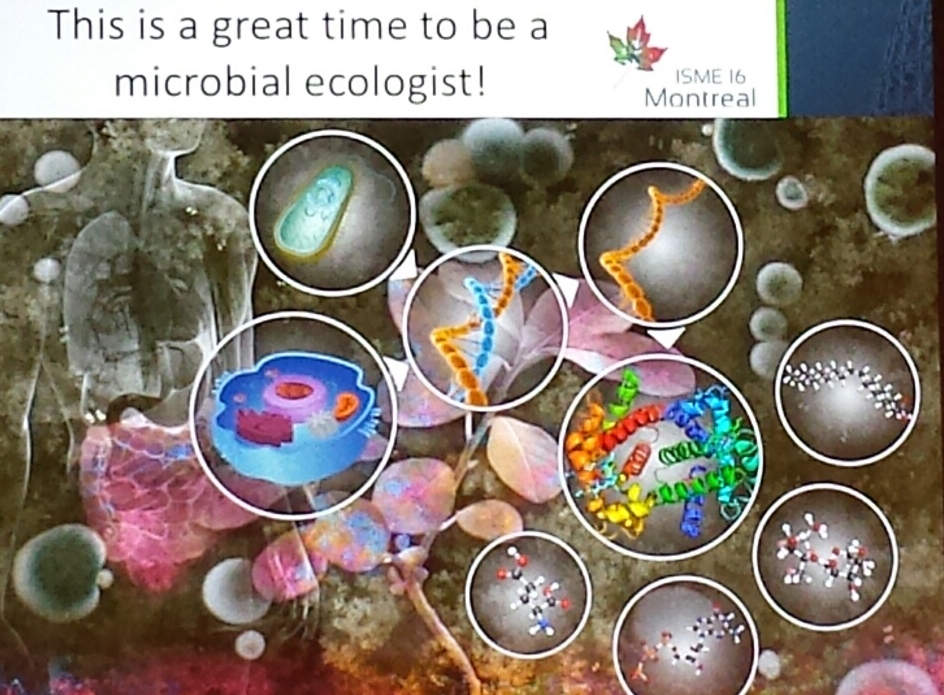The Johnson Lab visited the American Society for Microbiology, North Carolina’s annual conference this past weekend. We made the long trek up to the big city (a.k.a. Raleigh) on Friday and spent all day Saturday learning about some great microbiology projects going on throughout North Carolina.
The ASM conference was held at the headquarters of the Sigma Xi academic society this year. The Sigma Xi Center is a beautiful building and we all enjoyed spending our day there. The highlight was the Hall of Honor, a tall glass hallway where a large array of plaques commemorates the members of Sigma Xi who have won the Nobel Prize. Luckily, this was where we got to hold our poster session!
Throughout the day we had the opportunity to listen to a series of talks about a wide variety of topics. These talks covered the mass production of nematodes for use as a pesticide agent, the genetics of bacterial-based infections, the use of the equine herpes virus to destroy cancer cells, the importance of manganese in Appalachian cave ecosystems, and the spread of foodborne pathogens. However, my favorite talk by far was the one given by our own Yajuan Lin (perhaps I’m a bit biased). Yajuan presented her new research in a talk titled, “Estimating the Genotype Specific in situ Activity of Prochlorococcus from rRNA Content and Cell Size.”
We all thought she did a great job! She even got a big round of applause at the end of her talk.
The Johnson Lab also presented two posters at the ASM conference. Maria de Oca presented her work in a poster titled, “Temperature and Nutrient Concentrations Determine Prochlorococcus Genetic Diversity in the Surface Pacific Ocean.” Maria’s work identified two distinct communities of Prochlorococcus located in the western Pacific equatorial warm pool and the eastern Pacific equatorial cold tongue. In the pictures below she’s talking to some big wigs at the conference, including one of the keynote speakers!
I presented my work in a poster titled, “Influence of Ocean Temperature on Prochloroccocus Genetic Diversity Gradients in the North Pacific.” I used two cruises in the North Pacific to identify regions of high Prochlorococcus genetic diversity. Much to my surprise, I won the “Best Poster” award at the ASM conference! I guess the late nights and many many cups of coffee that were consumed in the process of finishing this poster were worth it.
The Johnson Lab was also joined by our collaborative lab at the ASM conference. The Hunt Lab presented three posters on the microbial and environmental dynamics of a local estuary, marine bacterioplankton DNA extraction, and seasonal partitioning of Vibrio populations. We were glad to have Katy, Chris, and Charmaine there with us!
Overall, we had a great time at the American Society for Microbiology conference!













